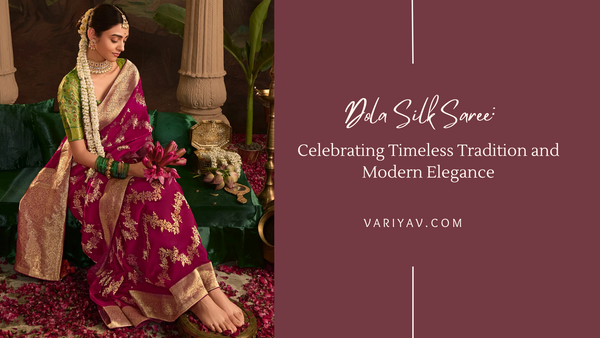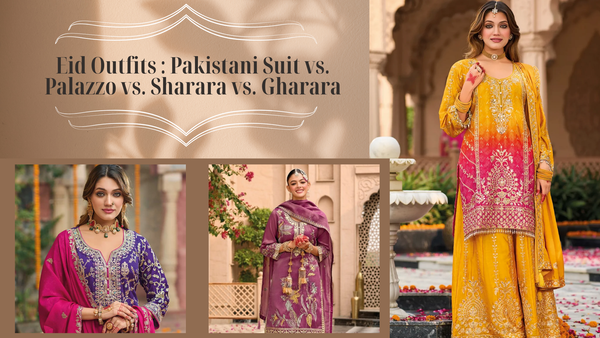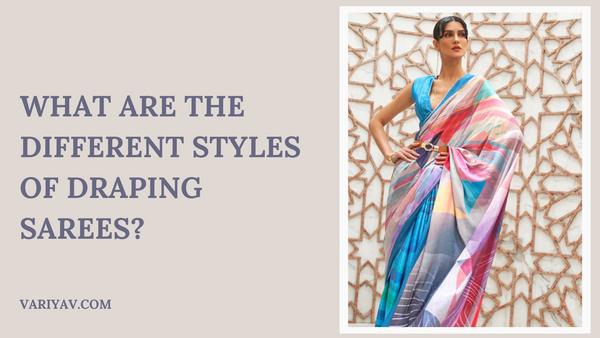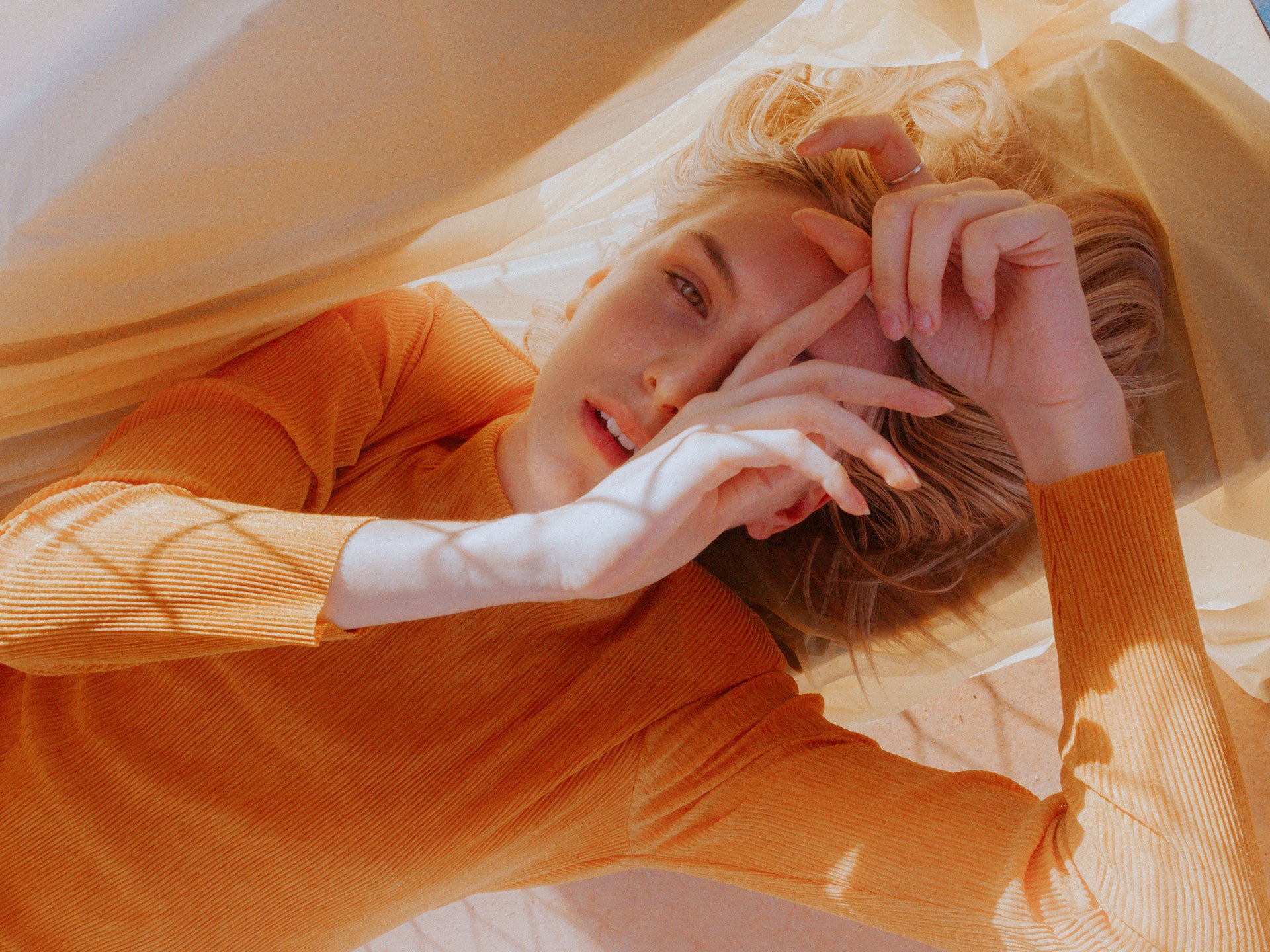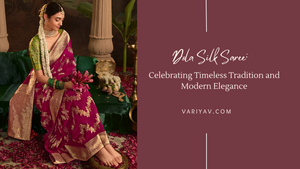what are the different styles of draping sarees?

The saree transcends the traditional garment to become a large cultural icon of the country; it portrays the heterogeneity of culture with classic elegance. With more than a hundred draping styles for the six to nine-yard long piece of fabric, each region of India fashioned its own different style by infusing tradition with artistry. Right from the imperial Kanjeevaram drape of Tamil Nadu to the vivid Seedha Pallu of Gujarat, these varied draping styles magnify the beauty of the fabric but actually tell the tale of the past and heritage of the region. Take a look at this huge variety and style of the drape as one takes a journey through some of the most iconic draping styles from different parts of India.
1. Nivi Style (Andhra Pradesh)
The Classic Draping Style
- Drape the Underskirt: Get a matching in color petticoat and put it on; then tie it tight; its string should be tight enough at your waist. This will thus hold in place the saree firmly. Tuck in the Saree: At the right side of your waist, tuck the topmost end directly into the petticoat, and then let the lower end dangle to the floor.
- Around Waist: Continue tucking in the saree in the petticaot while performing one round with it around your waist and bringing it back to your right side again.
- Making Pleats: Take your saree in front of you and hold a length of 5-7 inch width; start pleating the saree. Normally, 6-9 pleats fall okay, but it is as per your choice and requirement. The plates should be made uniformly even.
- Now, tuck them all into the petticoat on the upper left side of your navel.
- Arranging the Pallu: Take the remaining length on the right side and gather it in a manner that you tuck its end into the petticoat on the right-hand side of your navel.
- Finally, place the remaining fabric over your left shoulder in such a way that the side end or pallu of the sari falls in a straight line over your left knee or the calf section.
- Tuck the Pallu You can pin the pallu on the blouse for a neater look or leave it loose to allow for a relaxed drape.
2. Bengali Style (West Bengal)
The Draped Elegance
- Underskirt (petticoat): Wear your petticoat, as you usually do, and tuck the saree in at the left side of your waist, wrapping it across to the right side, and then back again to the left.
- Make Pleats: Again drape around the waist leaving the amount required for the front pleats. Take the rest of the edge to form a set of pleats which is neat and 5 to 7 inches wide.
- Tuck the Pleats: Next, tuck these pleats slightly off-center, towards the left
- Wrap the Pallu: Take the rest around your back and drape it over your left shoulder to let it drop in front.
- Second Drape: Take the end of the pallu under the right arm and bring it back at the left shoulder, pin it up securely.

3. Gujarati Style (Gujarat)
Seedha Pallu Stye
- Start Tucking: From the right-hand side, tuck in, turn the saree to the right again, and do one full round, tucking it at the right-hand side again.
- Pleat: Bring the fabric towards a front side; after making 6 to 8 pleats, tuck it towards the center or a little to the left of the petticoat.
- Wrap the Pallu: The remaining fabric of the saree length falls from the left side over to your right shoulder and it lies in front.
- Cross the Pallu: From your left side to right side across in front, you spread it very wide on your chest and pin up first on your right shoulder or just let it flow.
- Final Tuck: The final portion of the pallu is tucked in from the backside to the left of your petticoat without making any pleats to hold the drape.

4. Nauvari Style of Maharashtra
The Warrior Draping
- Tuck the Saree from the Back: This style involves tucking in one end of the nine-yard saree in the centre of your waist from the back side and bring it in between your legs.
- drape over the legs: tuck the sari over the right leg and bring it inwards moving towards the left. this brings a dhoti-like aa feature over the legs.
- drape the rest of the fabric: you need to go all the way to the left shoulder with this rest of the fabric, and that you would keep the right end of a fabric at the level of your waist.
- Fasten the Pallu: Take the pallu across your waist, from front to back, around the left hip, then insert it in front side; let a part of it drop on your left shoulder.
- Adjust and Finish: Lastly make the front pleats accordingly so, they all hang down in a similar length, and pin up the pallu on your shoulder.

5. Tamil Kanjeevaram Style (Tamil Nadu)
The Royal Drape
- Tuck in the Saree: Put on the saree to the right side of the petticoat, and wrap around once from the waist. That's one round.
- Make Pleats: Do front folding of the cloth in 5-6 inches of uniform length upon itself a little to your left side of the navel.
- Tie the Pallu: Now, wrap the remaining cloth around your waist and place it over your left shoulder.
- Secure the Pallu: Pleat neatly and pin the pallu to your left shoulder. Tuck the other end of the pallu at your waist to the left for a neat look.
- Final Drapes: The pleats should be well adjusted and nicely falling over your left shoulder.

6. Kodagu Style Drapes from Karnataka
- How to Wear the Saree: Tuck the saree in at the back of the petticoat and bring it around to the front of the petticoat.
- Back Pleat Style: Here, take the pleats at the back behind, as mentioned and tuck into the center back of the petticoat.
- Broker the Pallu Take the pallu from the back, over your right shoulder, and pin in the front. The pallu is relatively short with this drape.
- Tuck and Drape Rub the pleats of the pallu, such that it adheres to the body with the pleats spread out neatly.

7.Assamese Mekhela Chador(Assam)
The Two Piece Elegance
- Wear the Mekhela: It makes the bottom part of one's dress. The Mekhela is put around the waist, as in skirts, neatly and tightly pleated onto the waistline is done.
- Chador – forms the top portion. One end of the Chador is pulled and draped into the Mekhela at the right waist.
- Bring Across the Body: The remaining cloth is then moved across the body over the left shoulder.
- Pleat the Pallu: The rest of the cloth is then pleated and placed over one's shoulder, pinned in place.
- Final Tuck: The Chador's ends can be tucked in the Mekhela at the waist to hold it tight.

8. Kerala Mundum Neriyathum (Kerala)
The Simple Beauty
- Wear the Mundu: The Mundu is the lower garment. It is supposed to be draped around the waist and needs to be tucked in. This drape has to be tight.
- Drape the Neriyathu :Tuck the first end into the waistband on the right-hand side. Then, bring it up and over.
- Bring it over the shoulder: The neriyathu should fall over the left shoulder and should be allowed to drop down in the front.
- Final tuck: Tuck in the remaining fabric of the neriyathu into the waistband to give a neat look.

Conclusion:
Each style of draping the sari gives way to a different display in coordination with the rich cultural heritage to which it belongs. It is always one sari, from traditional to modern, that one has the capacity to totally look like a totally different creative new outfit with each experiment that is done on the draping techniques.
Visit variyav.com to see the stupendous range of sarees that you could experiment with these draping styles with. Come, learn to know yourself better, exactly what kind of sarees do you need to buy: casuals or the dressy look.




